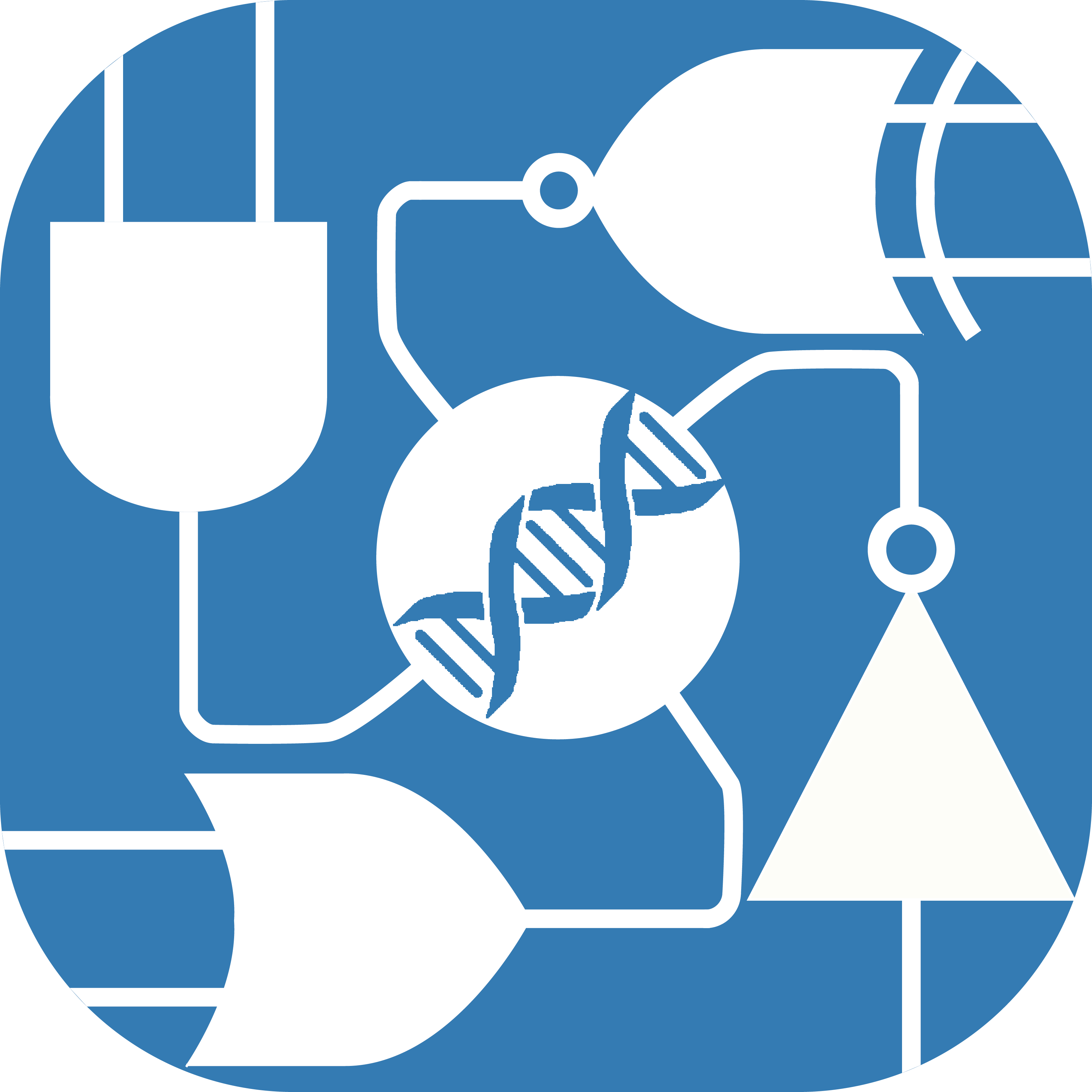Difference between revisions of "Team:USTC-Software"
| Line 49: | Line 49: | ||
</p> | </p> | ||
<h2 id="hd_2" class="para" style="left:2.03%;top:30.00%;"> | <h2 id="hd_2" class="para" style="left:2.03%;top:30.00%;"> | ||
| − | + | Gene Network<br>See the detailed structure of a designed gene circuit | |
</h2> | </h2> | ||
<p id="para_2" class="para" style="left:2.03%;top:31.20%;"> | <p id="para_2" class="para" style="left:2.03%;top:31.20%;"> | ||
| − | A | + | A simple click on “Gene network” button will lead you to another tab where the detailed structure of your designed gene circuit is shown. When a gene circuit consists of many Boolean gates, it is crucial to understand the internal substances and mechanisms. In this tab, you can see how substances react with each other clearly, such as inhibition and activation in or between Boolean gates. |
| − | + | ||
| − | + | ||
| − | + | ||
| − | + | ||
</p> | </p> | ||
<h2 id="hd_3" class="para" style="left:67.00%;top:46.00%;"> | <h2 id="hd_3" class="para" style="left:67.00%;top:46.00%;"> | ||
| Line 62: | Line 58: | ||
</h2> | </h2> | ||
<p id="para_3" class="para" style="left:67.00%;top:47.20%;"> | <p id="para_3" class="para" style="left:67.00%;top:47.20%;"> | ||
| − | Given a designed gene circuit, such as a simple serial circuit | + | Given a designed gene circuit, such as a simple serial circuit composed of an AND gate and an OR gate, you can use our default parameters and change initial concentration of reactants to get simulation results. |
| − | + | If you want to get different results, you just need to change system parameters such as the rate of reactions, namely, to fill constants into the dialog boxes on our canvas. | |
| − | + | What’s more, simulation time slot is necessary as well to give concentration-time figures of the inputs and outputs of a given gene circuit. You are free to see the concentration-time evolution of every substance in designed gene circuits individually. | |
| − | + | ||
| − | + | ||
| − | + | ||
| − | + | ||
| − | + | ||
</p> | </p> | ||
<h2 id="hd_4" class="para" style="left:1.00%;top:57%;"> | <h2 id="hd_4" class="para" style="left:1.00%;top:57%;"> | ||
| Line 75: | Line 66: | ||
</h2> | </h2> | ||
<p id="para_4" class="para" style="left:1.00%;top:58.2%;"> | <p id="para_4" class="para" style="left:1.00%;top:58.2%;"> | ||
| − | + | Given a designed gene circuit, such as a simple serial circuit composed of an AND gate and an OR gate, you can use our default parameters and change initial concentration of reactants to get simulation results. | |
| − | + | If you want to get different results, you just need to change system parameters such as the rate of reactions, namely, to fill constants into the dialog boxes on our canvas. | |
| − | + | What’s more, simulation time slot is necessary as well to give concentration-time figures of the inputs and outputs of a given gene circuit. You are free to see the concentration-time evolution of every substance in designed gene circuits individually. | |
| − | + | ||
| − | + | ||
| − | + | ||
| − | + | ||
| − | + | ||
| − | + | ||
| − | + | ||
| − | + | ||
</p> | </p> | ||
<h2 id="hd_5" class="para" style="left:65.00%;top:69.80%;"> | <h2 id="hd_5" class="para" style="left:65.00%;top:69.80%;"> | ||
Revision as of 00:00, 19 September 2015



GoTo







Logic
From a truth table to abstract logic circuits
In BioBLESS, a truth table dialog box will be displayed for users to input Boolean numbers 0/1. All you need to do is to click Boolean buttons and then “Create”. The corresponding designed logic circuits with different predicted performances will be automatically generated and displayed in order. You can immediately and clearly see the configuration of a designed logic circuit, which in most cases is supposed to be a complicated multi-input circuit. Besides the function above, gates list will provide many Boolean gates, and users can drag them freely to our canvas to design logic circuits.
Gene Network
See the detailed structure of a designed gene circuit
A simple click on “Gene network” button will lead you to another tab where the detailed structure of your designed gene circuit is shown. When a gene circuit consists of many Boolean gates, it is crucial to understand the internal substances and mechanisms. In this tab, you can see how substances react with each other clearly, such as inhibition and activation in or between Boolean gates.
SIMULATION
Get concentration-time simulation results
Given a designed gene circuit, such as a simple serial circuit composed of an AND gate and an OR gate, you can use our default parameters and change initial concentration of reactants to get simulation results. If you want to get different results, you just need to change system parameters such as the rate of reactions, namely, to fill constants into the dialog boxes on our canvas. What’s more, simulation time slot is necessary as well to give concentration-time figures of the inputs and outputs of a given gene circuit. You are free to see the concentration-time evolution of every substance in designed gene circuits individually.
ANALYSIS
Get robustness and sensitivity analysis
Given a designed gene circuit, such as a simple serial circuit composed of an AND gate and an OR gate, you can use our default parameters and change initial concentration of reactants to get simulation results. If you want to get different results, you just need to change system parameters such as the rate of reactions, namely, to fill constants into the dialog boxes on our canvas. What’s more, simulation time slot is necessary as well to give concentration-time figures of the inputs and outputs of a given gene circuit. You are free to see the concentration-time evolution of every substance in designed gene circuits individually.
DNA
Get the DNA sequence!
Users have the freedom to drag specific BioBricks on our canvas and
combine them into a functional gene circuit. Then the DNA sequence
and other information of the designed circuit are available for users
to check and download. Wet lab protocols are partly incorporated into
our DNA sequences which may make the design better and applicable in
laboratories.
University of Science and Technology of China
No.96, Jinzhai Road, Hefei, Anhui, P.R.China
USTC-Software 2015
University of Science and Technology of China
©2015 USTC-Software, University of Science and Technology of China. All rights reserved.
We are here for you




Sponsered by

